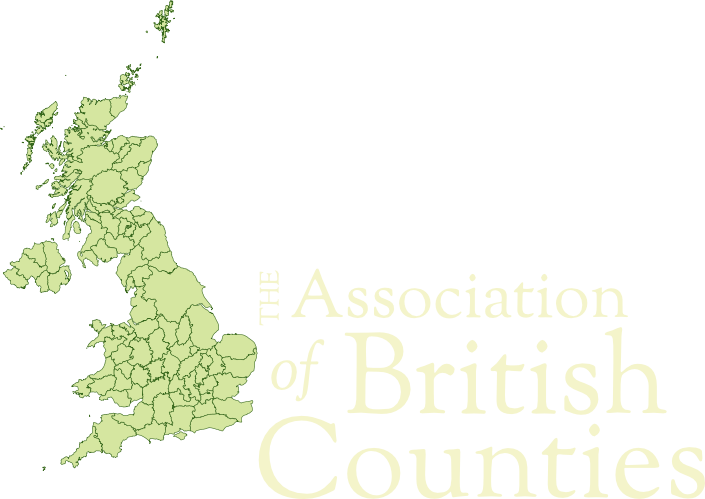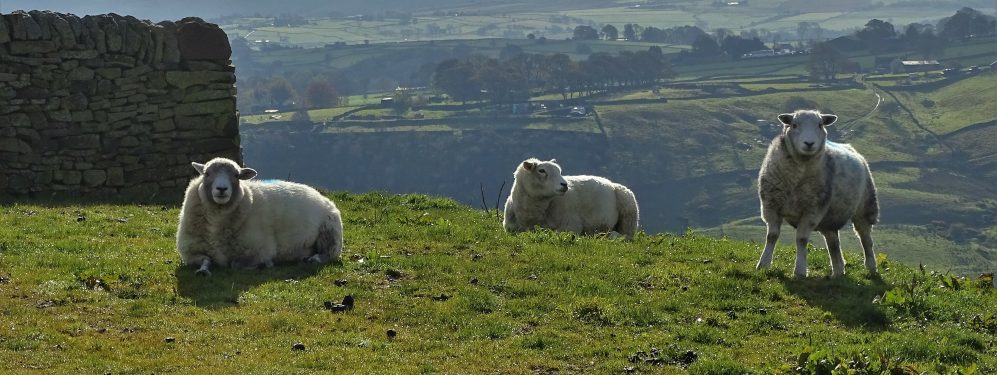Staffordshire Day is celebrated on 1st May each year. The date was chosen since it is the date in 1759 on which Josiah Wedgewood founded the Wedgwood company in Burslem. In celebration we present our Seven Wonders of Staffordshire.
Staffordshire is a county of contrasts. Two areas are famed for their role in the Industrial Revolution. Much of the south-west of the county lies in the Black Country, including Wolverhampton, West Bromwich, Walsall, Coseley, Tipton, Bilston, Darlaston and Wednesbury, famous from the 18th-century onwards for the production of coal, coke, iron, glass, bricks and steel. In the north-west of the county lies the Potteries. From the 17th century, hundreds of companies produced decorative or industrial ceramic items, based around the six towns of Hanley, Stoke-upon-Trent, Burslem, Fenton, Longton and Tunstall, eventually becoming the borough of Stoke-on-Trent.
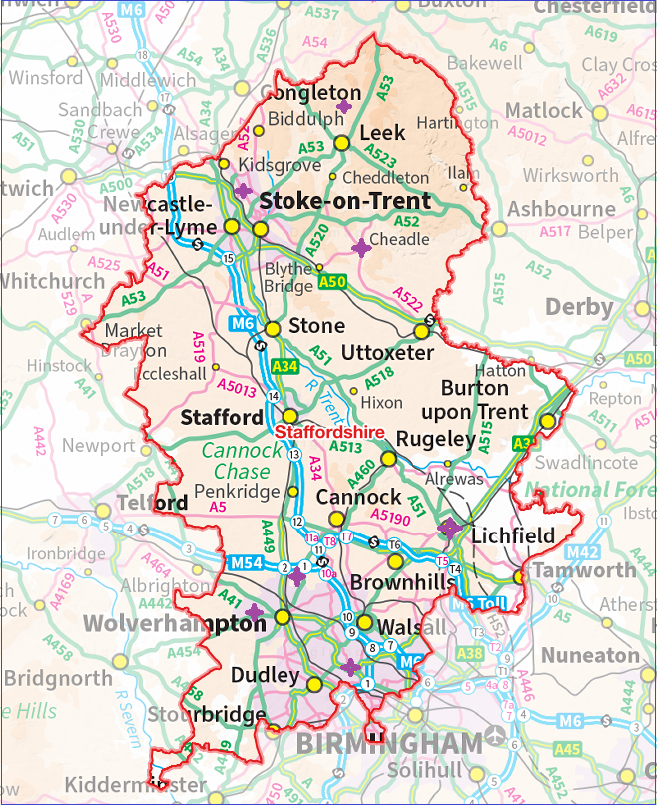
In complete contrast, elsewhere in the county there is fine natural scenery. Dovedale and Beresford Dale are renowned. The high ground north of Leek has beautiful valleys as the land rises up to the Peak District. In the centre of the county is Stafford itself, founded in 913 AD by Æthelflæd, Lady of Mercia. In the east is Lichfield with its three-spired mediæval cathedral. Between the two, there remains something of the open heaths of Cannock Chase. Burton-on-Trent, on the Derbyshire border, is historically the heart of the brewing industry. Tamworth was once the capital of Mercia.
1. The Roaches
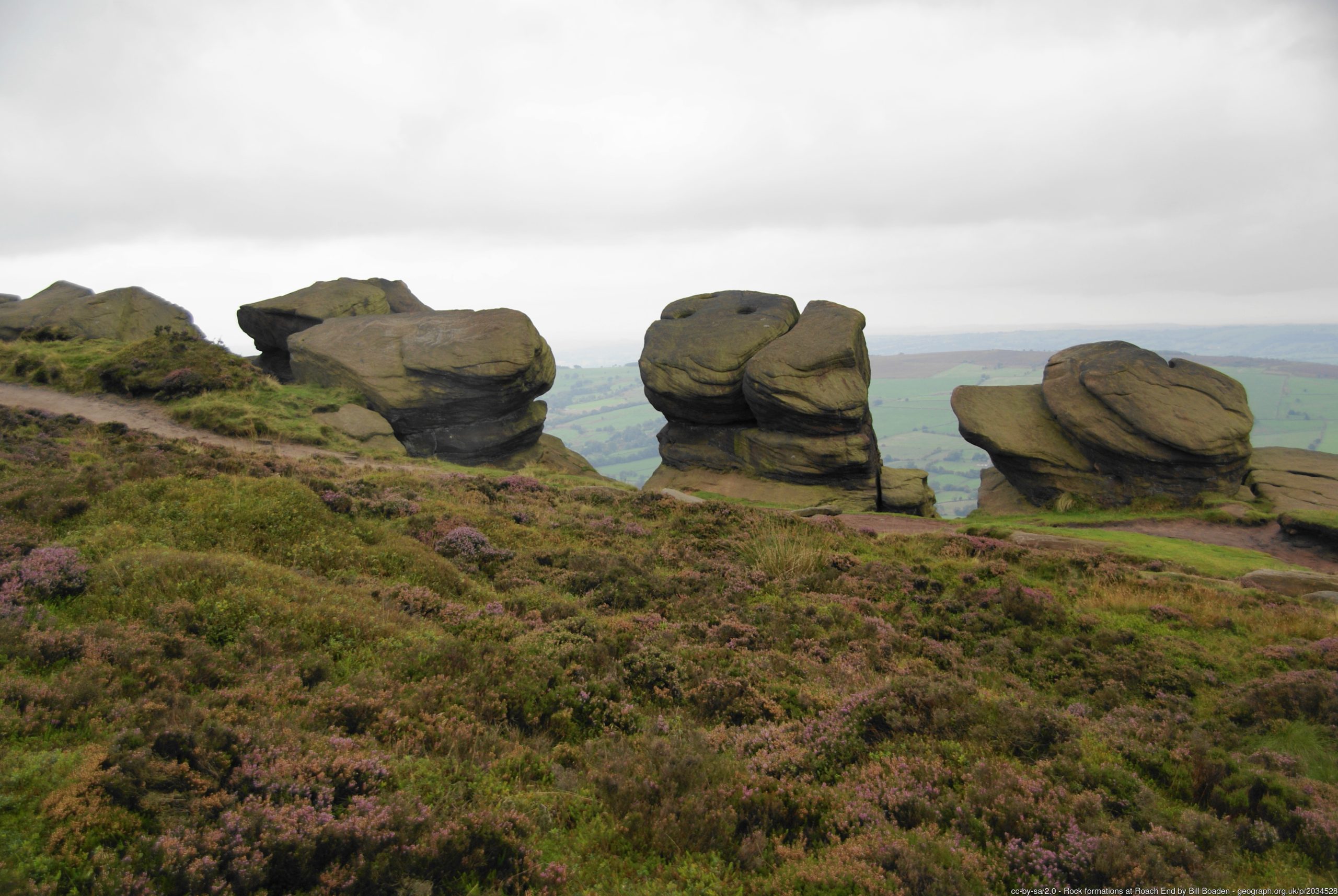
The Roaches is a prominent gritstone escarpment in the Staffordshire Peak District. The ridge rises to 1,657ft. Beloved by walkers, climbers and naturalists, it is famous for its stunning rock formations and its spectacular views over Staffordshire, Cheshire and Derbyshire – and as far as Snowdonia and Winter Hill in Lancashire. Its magnificent soaring rock faces and wild, heather-covered hillsides make it one of Staffordshire’s most photographed landscapes.
2. Middleport Pottery
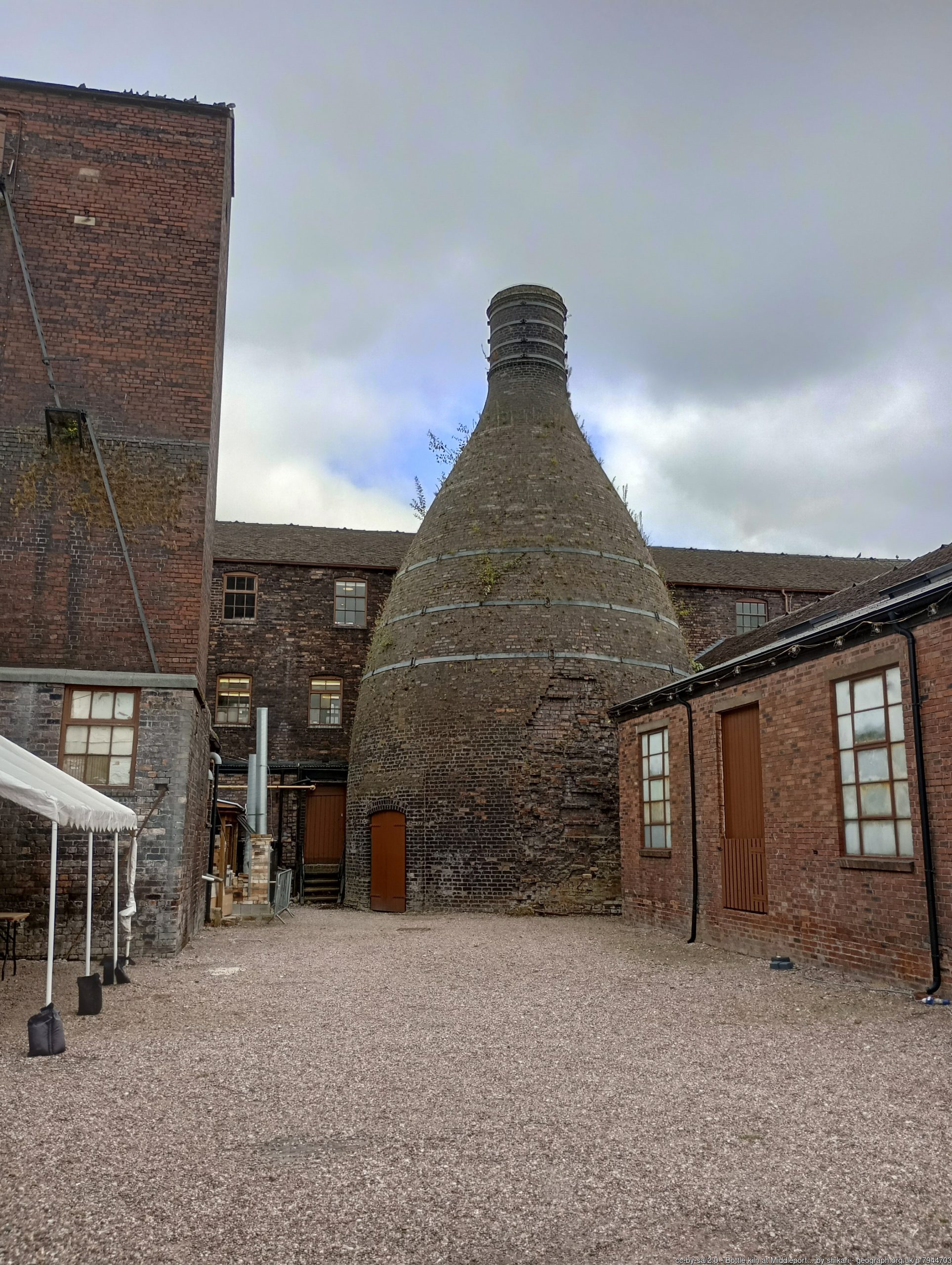
Middleport Pottery, lying alongside the Trent and Mersey Canal near Burslem, was built in 1888 by Burgess & Leigh Ltd. The only working Victorian pottery in Stoke-on-Trent, it continues to produce Burleigh Pottery, specialising in traditionally decorated earthenware tableware. The Gladstone Pottery Museum in Longton is a working museum of a medium-sized coal-fired pottery dating from the late 18th-century.
3. St Giles’ Catholic Church, Cheadle
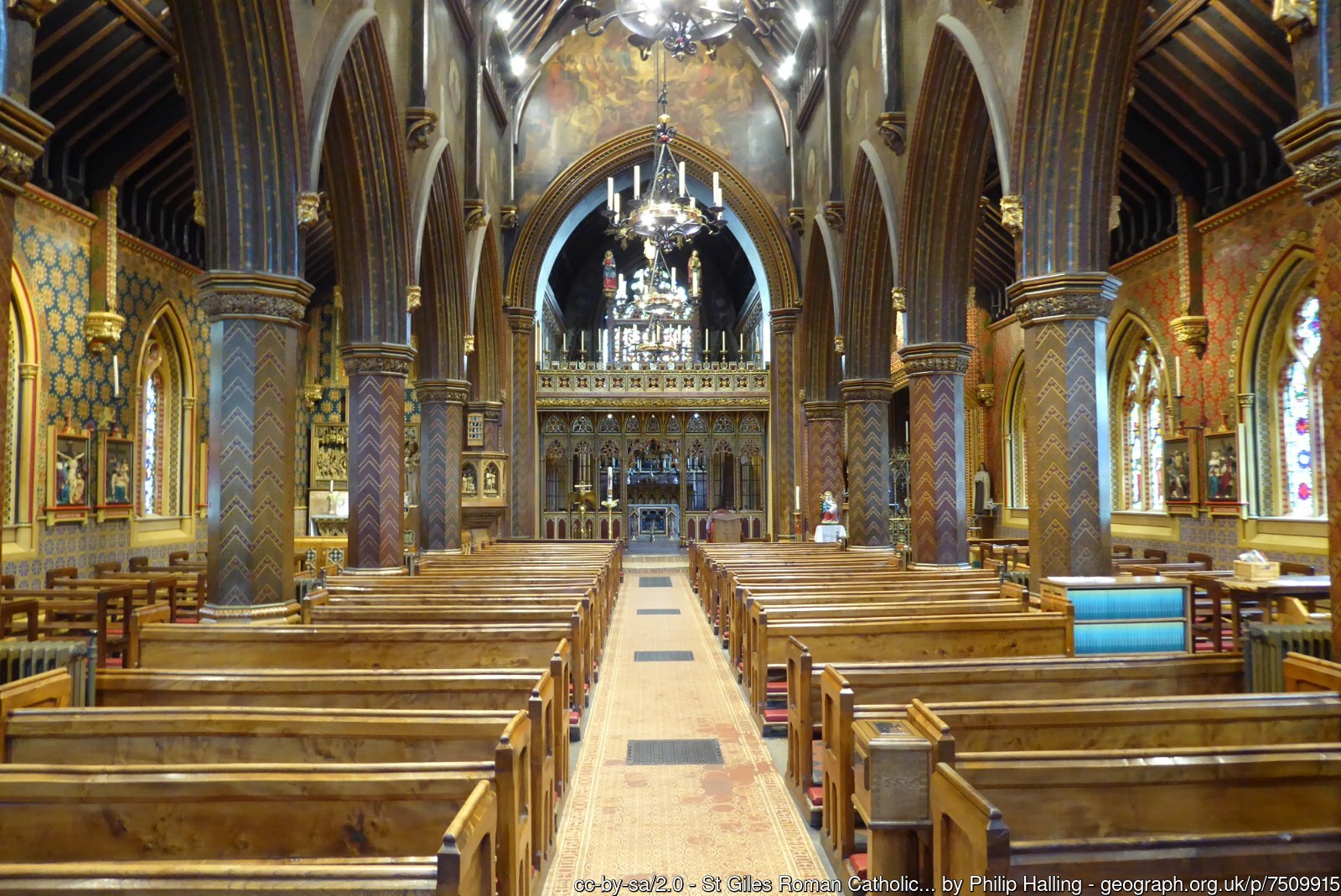
St Giles’ Catholic Church in Cheadle, known as Pugin’s Gem, is a Gothic Revival church designed by the celebrated architect and designer A. W. N. Pugin and built between 1841 – 1846 for the Earl of Shrewsbury. Both men believed that Christian art and architecture could be a powerful weapon in the re-conversion of England to the Catholic faith. The church is highly decorated on the outside and the inside. The interior is painted throughout, and is floored with patterned tiles. The spire is 200 feet high. Almost all the furniture and fittings were designed by Pugin, including the piscina, sedilla, the reredos, font, pulpit and screen.
4. Lichfield Cathedral
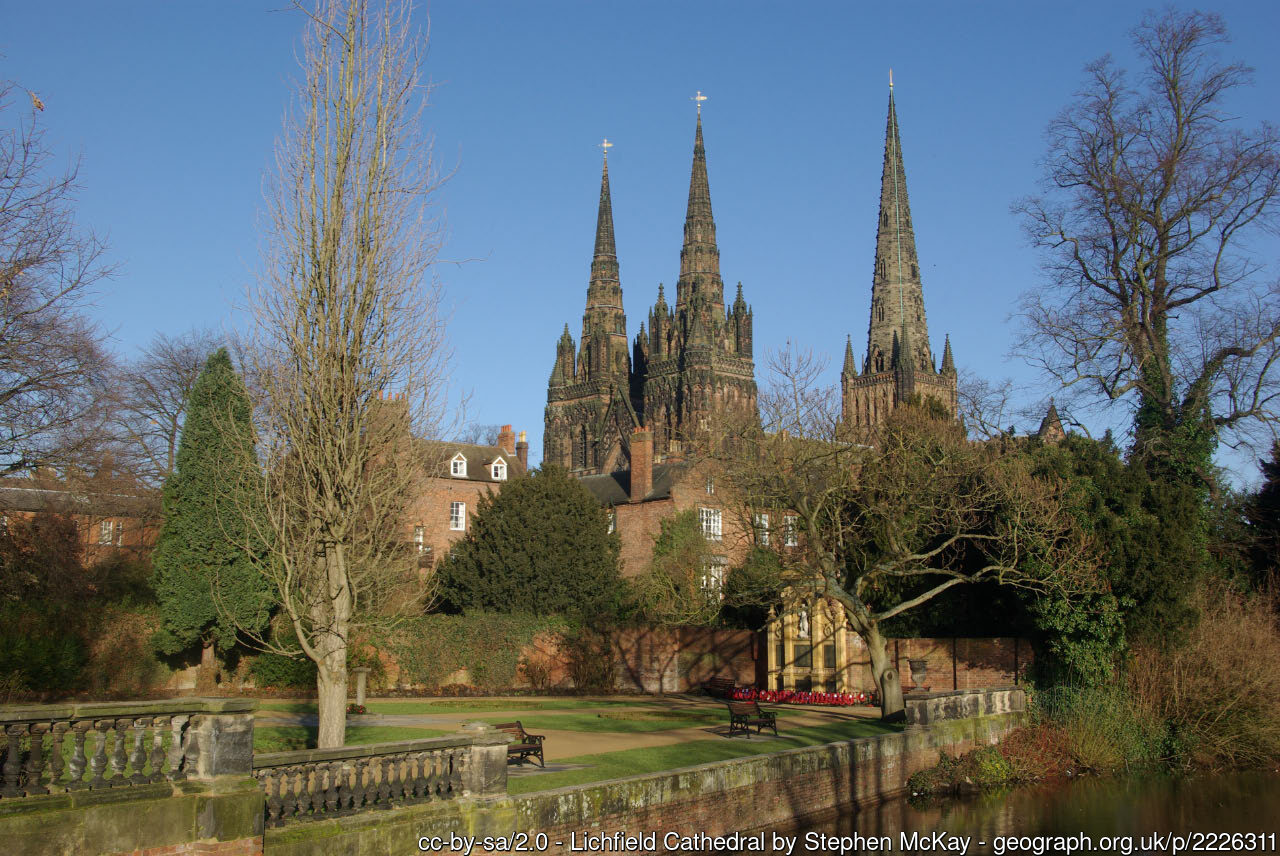
Lichfield is famous for its ornate three-spired mediæval cathedral. The bishopric is one of the oldest in Britain. A cathedral was first consecrated on the site in 700 AD. The present cathedral was built in the early 13th century in the Decorated Gothic style. Pevsner believed that Lichfield Cathedral had the finest setting of any English Cathedral, viewed across the Minster Pool.
5. Moseley Old Hall, Moseley
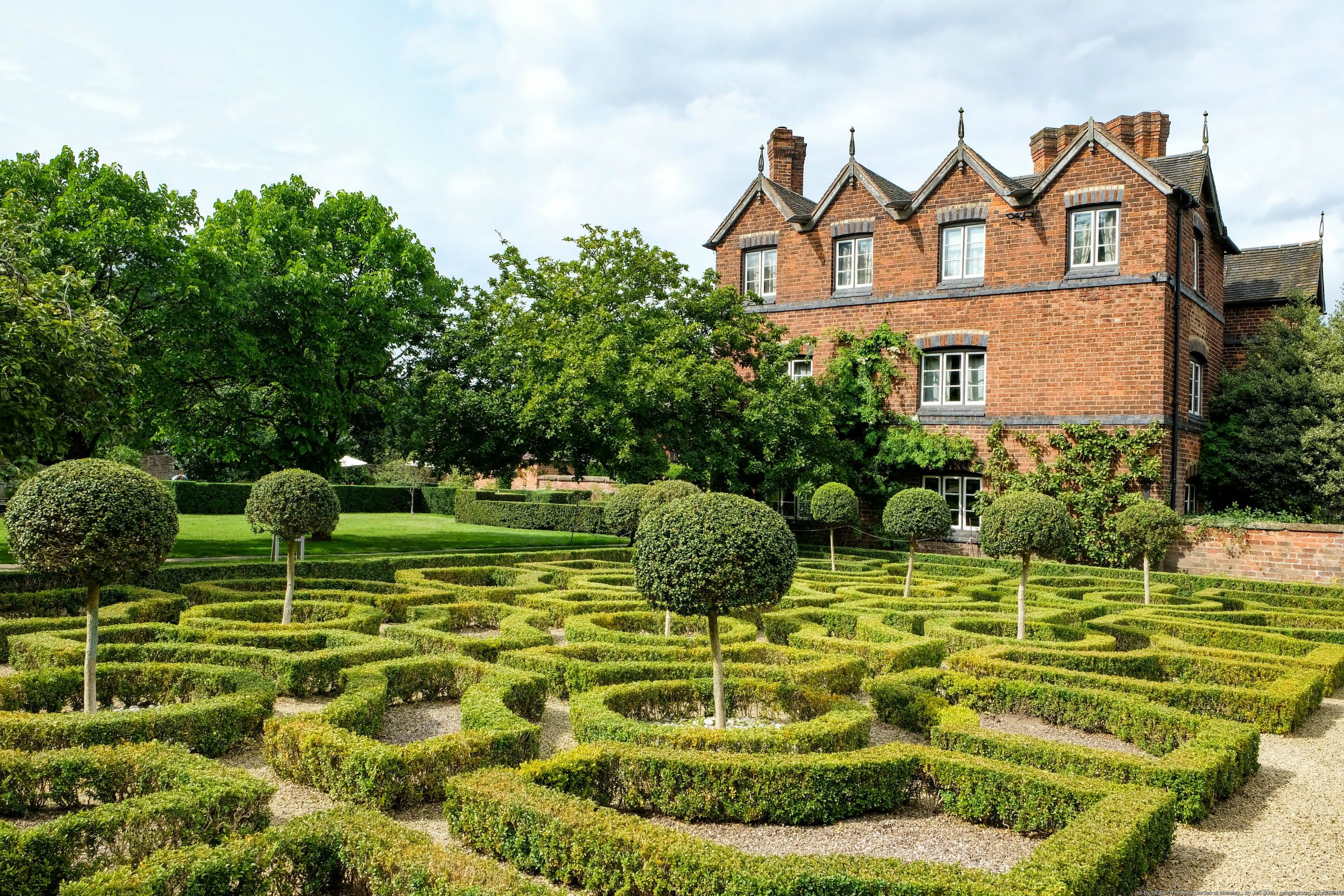
Moseley Old Hall was constructed around 1600 by Henry Pitt. The hall is famous of its part in the escape of the future Charles II after the Battle of Worcester (2nd September 1651). Charles arrived at the back door of Moseley Old Hall in the early morning of 8 September, after the journey from Boscobel House in Shropshire (where he famously hid up an oak tree). The owner Thomas Whitgreave and his family gave him dry clothes, food and sheltered him until his departure on 10th Sepetember. At one point Charles was hidden in the priest hole while Whitgreave had a confrontation with parliamentarians outside the house. The house has been in the care of the National Trust since 1962. The original four-poster bed used by Charles stands in the King’s Room.
6. Wightwick Manor
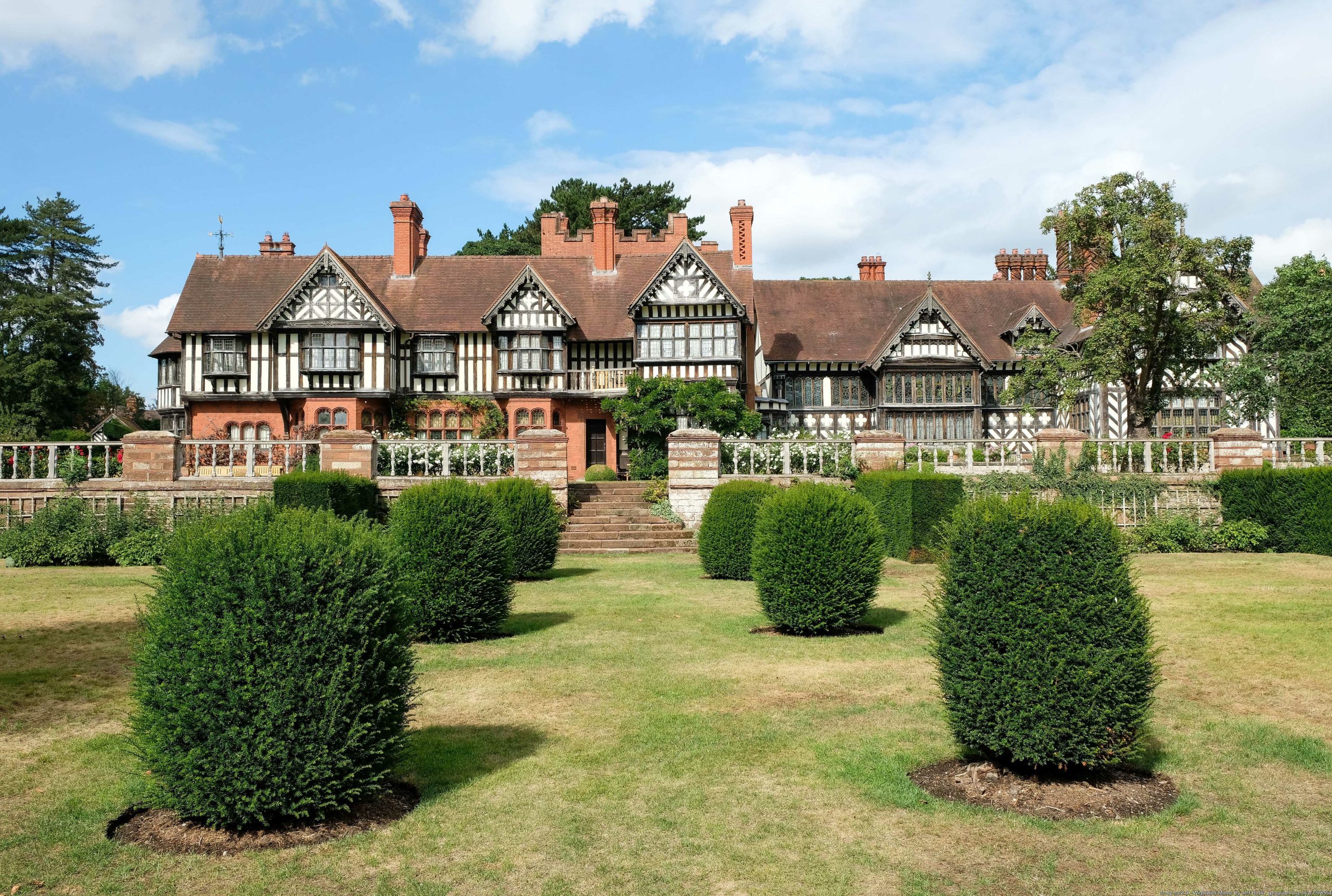
Wightwick Manor, commissioned in 1887 from the architect Edward Ould by Theodore Mander, is famous for being constructed, decorated, and furnished under the influence of the Aesthetic and Arts and Crafts movements. It contains many examples of the works of William Morris including wall hangings, wallpapers and upholstery; tiles designed by William De Morgan; and stained glass designed by Charles Kempe. It also contains Pre-Raphaelite works of art by Dante Gabriel Rossetti, Evelyn De Morgan, Edward Burne-Jones and Ford Madox Brown. The house is adjacent to the Old Manor, a late 16th-century building that was the original residence on the site.
7. Oak House, West Bromwich
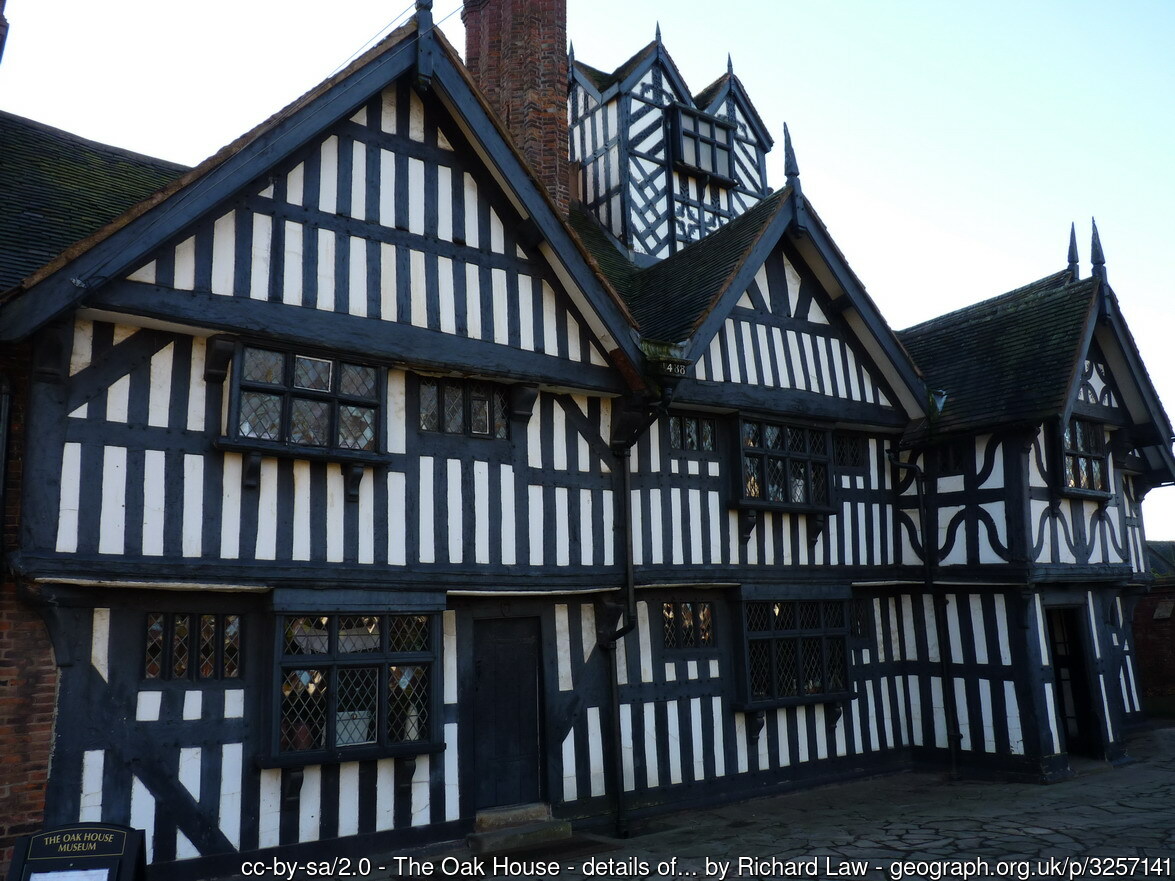
The Oak House is an early 16th-century timber-framed building, one of the oldest buildings in West Bromwich. It is thought to have taken its name from an oak which stood on the green in front of it and was burnt down around 1800. John Wesley preached at the house on two occasions in the late 18th century when it was in the ownership of William Whyley. It was bought by Alderman Reuben Farley and presented to the town as a museum, opening in 1898. It continues in that role today.
Those are our seven wonders of Staffordshire. This is, of course, just a bit of fun. There are many other sites in Staffordshire we could have chosen including Trentham Hall and Gardens, Shugborough Hall, Biddulph Grange, Ilam Park, Cannock Chase, Dudley Castle and Zoo, the Ancient High House in Stafford, Bromwich Hall, Great Barr Beacon, Kinver Rock Houses, the King’s Standing Barrow, Handsworth Old Town Hall and Soho House. What would be your choices?
